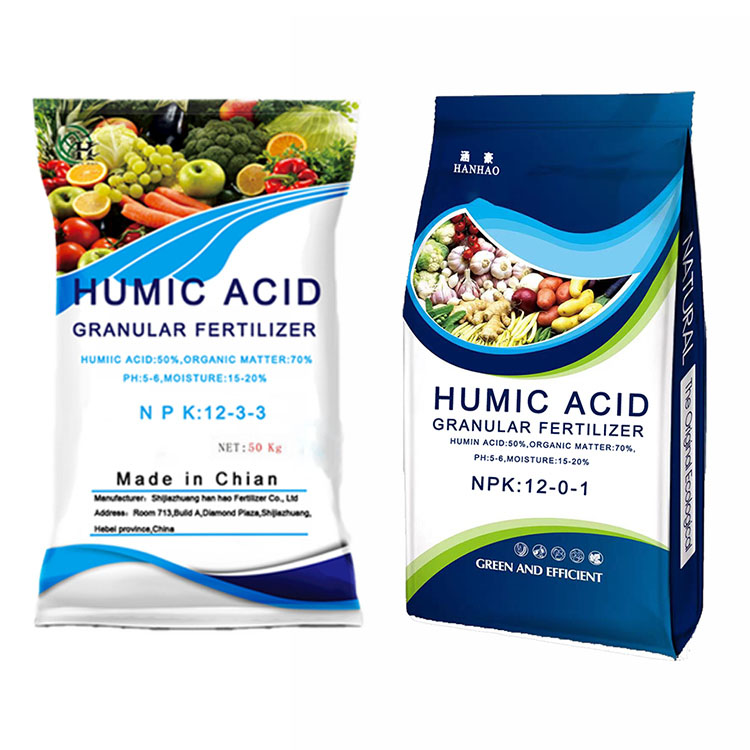
Dec . 28, 2024 19:50 Back to list
monoammonium phosphate fertilizer supplier
Understanding Monoammonium Phosphate Fertilizer A Key Ingredient for Healthy Crops
Monoammonium phosphate (MAP) fertilizer is a widely used nutrient in modern agriculture, known for its high nutrient content and efficacy in promoting plant growth. As a supplier of MAP, it's important to understand its characteristics, benefits, and how it plays a pivotal role in the agricultural sector.
What is Monoammonium Phosphate?
Monoammonium phosphate is a chemical compound with the formula NH4H2PO4. It is a water-soluble phosphate that provides plants with essential nutrients, primarily nitrogen and phosphorus. These two elements are crucial for plant growth; nitrogen aids in leaf development, while phosphorus supports root formation and flowering.
MAP is produced by reacting phosphoric acid with ammonia, resulting in a stable product that is easy to handle and apply. The nutrient composition typically contains about 11% nitrogen and 48% phosphorus pentoxide (P2O5), making it one of the most concentrated phosphate fertilizers available.
Advantages of Using MAP
1. Highly Soluble Formulation One of the significant advantages of MAP is its high solubility in water, which facilitates easy absorption by plants. This property ensures that the nutrients are readily available, promoting quick and efficient uptake.
2. Balanced Nutrient Supply MAP provides a balanced supply of nitrogen and phosphorus, essential for various stages of plant growth. By supplying these key nutrients simultaneously, farmers can ensure that their crops receive the necessary nourishment to thrive.
3. Enhanced Plant Growth The use of MAP in soil can significantly enhance plant growth. The phosphorus in MAP is vital for establishing strong root systems, which helps plants absorb water and other nutrients more efficiently. Additionally, the nitrogen supports lush foliage development, contributing to overall plant vigor.
4. Soil Compatibility MAP is compatible with a wide range of soils. Its application can help improve soil structure, increase microbial activity, and promote healthy soil ecosystems. It can also be applied alongside other fertilizers, providing flexibility to farmers in nutrient management.
5. Versatility in Usage MAP is suitable for various crops, including cereals, vegetables, and fruits. Whether applied as a base fertilizer during planting or as a top dressing during the growing season, MAP can be tailored to meet the specific needs of different crops.
monoammonium phosphate fertilizer supplier

Application Techniques
When applying MAP, it's essential to follow recommended practices to maximize its effectiveness. Here are some common application techniques
- Broadcasting This involves spreading MAP evenly across the soil surface before planting. It allows for a uniform distribution of nutrients.
- Banding This method places the fertilizer in bands either below or to the side of the seed. This technique minimizes nutrient loss and places the fertilizer in the root zone for better uptake.
- Incorporation Incorporating MAP into the soil can help reduce the risk of nutrient loss through leaching and volatilization. This method ensures that the nutrients are present in the root zone where plants need them most.
Choosing the Right Supplier
Selecting the right monoammonium phosphate fertilizer supplier is critical for ensuring the quality and reliability of the product. A reputable supplier should provide high-quality MAP that meets industry standards and can deliver consistent results. Additionally, suppliers should offer guidance on application techniques and best practices to maximize the benefits of the fertilizer.
Purchasing from a supplier with a solid reputation and a commitment to agricultural sustainability can further enhance crop productivity while minimizing environmental impacts. Look for suppliers that prioritize eco-friendly practices and offer comprehensive support to farmers.
Conclusion
Monoammonium phosphate fertilizer is an essential tool for farmers looking to optimize crop yields and maintain soil fertility. Understanding its benefits, proper application methods, and the importance of choosing a reliable supplier can lead to more successful farming outcomes. As an important nutrient source, MAP can help drive agricultural productivity, contributing to food security and sustainable farming practices worldwide.
-
10 10 10 Fertilizer Organic—Balanced NPK for All Plants
NewsJul.30,2025
-
Premium 10 10 10 Fertilizer Organic for Balanced Plant Growth
NewsJul.29,2025
-
Premium 10 10 10 Fertilizer Organic for Balanced Plant Growth
NewsJul.29,2025
-
Premium 10 10 10 Fertilizer Organic for Balanced Plant Growth
NewsJul.29,2025
-
50 Pound Bags of 13-13-13 Fertilizer for All Plants – Bulk & Organic Options
NewsJul.28,2025
-
High-Efficiency 15-30-15 Granular Fertilizer for Healthy Crops
NewsJul.28,2025
